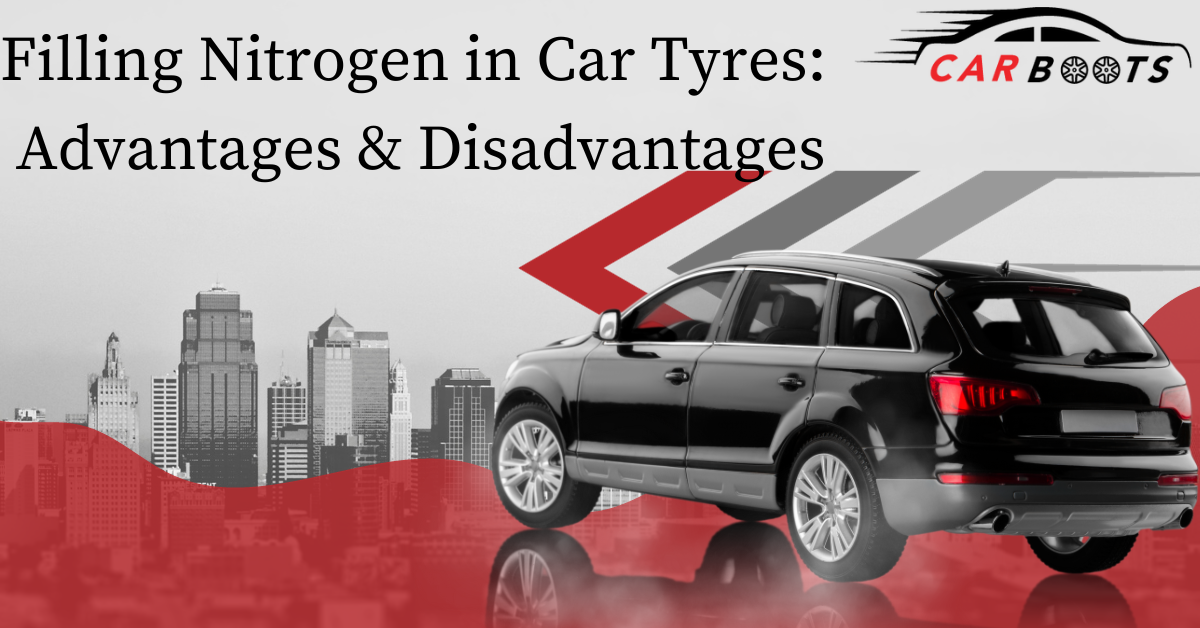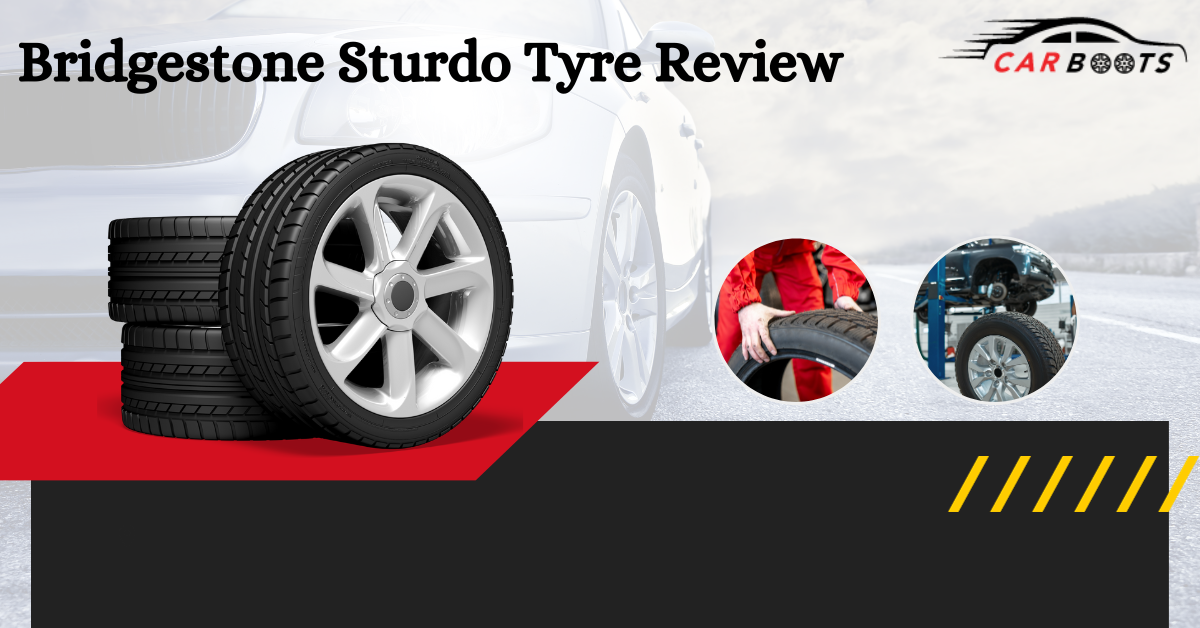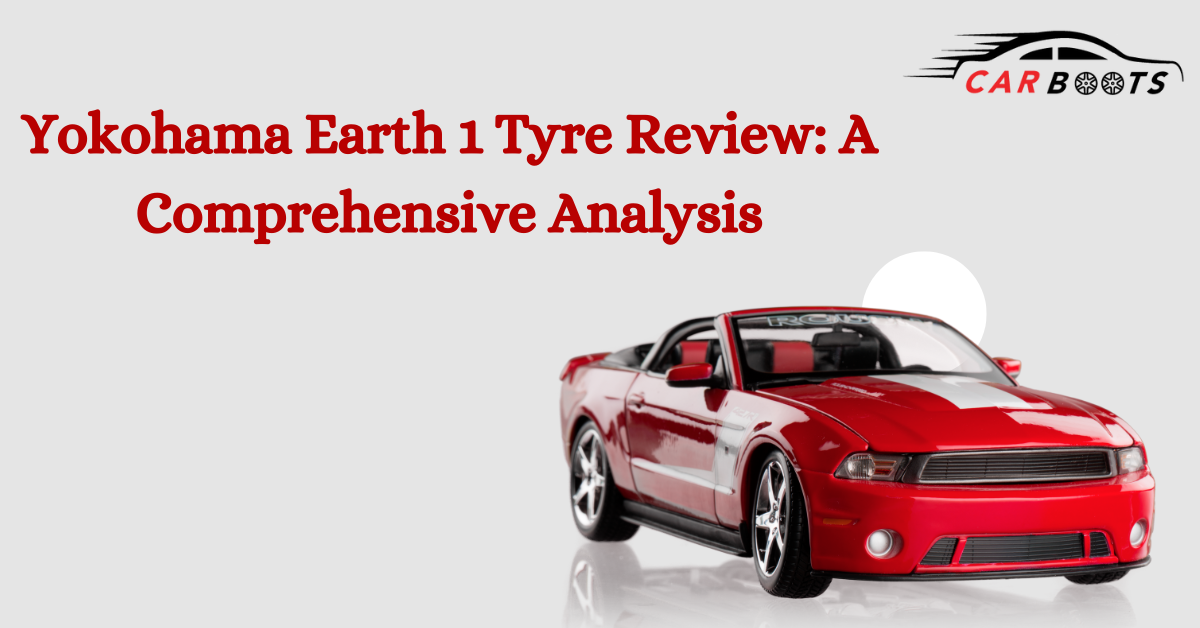Different Types Of Gear Transmissions
Different Types Of Gear Transmissions
Gear transmissions are an essential component of a vehicle’s powertrain system. It is responsible for transmitting power from the engine to the wheels. There are several types of gear transmissions used in modern vehicles, each with its unique advantages and disadvantages. In this article, we will discuss the different types of gear transmissions used in vehicles and their pros and cons.
Introduction
Gear transmission is a system that transfers the engine’s power to the wheels. It does this by using different gear ratios to increase or decrease the engine’s speed and torque. Gear transmission is an essential component of a vehicle’s powertrain system. Without it, the power generated by the engine would not be efficiently transmitted to the wheels, resulting in poor performance and fuel efficiency.
Manual Transmission
Manual transmission, also known as a standard or stick-shift transmission, is a type of transmission that requires the driver to manually change gears by using a clutch pedal and gear stick. The clutch pedal is used to disengage the engine from the transmission, allowing the driver to change gears. There are several types of manual transmissions, including the four-speed, five-speed, six-speed, and seven-speed manual transmissions.
Pros and Cons of Manual Transmissions
Pros:
Greater control over the vehicle
Better fuel efficiency
Lower maintenance costs
Longer lifespan
Cons:
Difficult to learn and master
Requires more effort to operate
Can cause driver fatigue in heavy traffic
Not suitable for inexperienced drivers
Automatic Transmission
Automatic transmission is a type of transmission that uses a torque converter instead of a clutch to transfer power from the engine to the wheels. It does not require the driver to manually shift gears, as it automatically shifts gears based on the vehicle’s speed and load. There are several types of automatic transmissions, including the traditional automatic transmission, continuously variable transmission (CVT), and dual-clutch transmission (DCT).
Pros and Cons of Automatic Transmissions
Pros:
Easy to use
Reduces driver fatigue in heavy traffic
Provides smoother ride
Better suited for inexperienced drivers
Cons:
Lower fuel efficiency
Higher maintenance costs
Less control over the vehicle
Shorter lifespan
Continuously Variable Transmission (CVT)
CVT is a type of automatic transmission that uses a pulley system to continuously vary the gear ratio based on the vehicle’s speed and load. Unlike traditional automatic transmissions that use a fixed number of gears, CVT provides an infinite number of gear ratios, resulting in better fuel efficiency and smoother acceleration.
Pros and Cons of CVT
Pros:
Better fuel efficiency
Smoother acceleration
Less noise and vibration
Reduced emissions
Cons:
Limited towing capacity
Lower acceleration power
Higher maintenance costs
Dual-Clutch Transmission (DCT)
DCT is a type of transmission that uses two clutches to shift gears quickly and smoothly. It works by preselecting the next gear using one clutch while the other clutch is still engaged in the current gear. This results in lightning-fast gear shifts and improved acceleration.
Pros and Cons of DCT
Pros:
Fast and smooth gear shifts
Improved acceleration and performance
Better fuel efficiency than traditional automatic transmissions
Reduced emissions
Cons:
Higher cost
Complex design
Requires specialized maintenance
Limited towing capacity
Electric Transmission
Electric transmission is a type of transmission used in electric vehicles. Unlike traditional transmissions that use a gearbox to transfer power, electric vehicles use an electric motor to drive the wheels directly. This eliminates the need for a transmission, resulting in a simpler and more efficient powertrain system.
Pros and Cons of Electric Transmission
Pros:
No gears to shift
Simpler and more efficient powertrain system
Lower maintenance costs
Quieter and smoother operation
Cons:
Limited driving range
Longer charging time
Higher upfront cost
Limited availability of charging stations
Conclusion
In conclusion, there are several types of gear transmissions used in modern vehicles, each with its unique advantages and disadvantages. When choosing a gear transmission, it is essential to consider factors such as fuel efficiency, performance, cost, and driving experience. As technology advances, we can expect to see new types of gear transmissions that offer even better performance and fuel efficiency.
FAQs
What is the most common type of gear transmission used in vehicles?
The most common type of gear transmission used in vehicles is the automatic transmission.
What is the main difference between manual and automatic transmissions?
The main difference between manual and automatic transmissions is that manual transmissions require the driver to manually shift gears, while automatic transmissions shift gears automatically.
What is the advantage of a continuously variable transmission (CVT)?
The advantage of a CVT is that it provides an infinite number of gear ratios, resulting in better fuel efficiency and smoother acceleration.
How does a dual-clutch transmission (DCT) work?
A DCT uses two clutches to preselect the next gear, resulting in lightning-fast gear shifts and improved acceleration.
What is the main disadvantage of electric transmissions?
The main disadvantage of electric transmissions is the limited driving range and longer charging time compared to traditional gasoline-powered vehicles.







